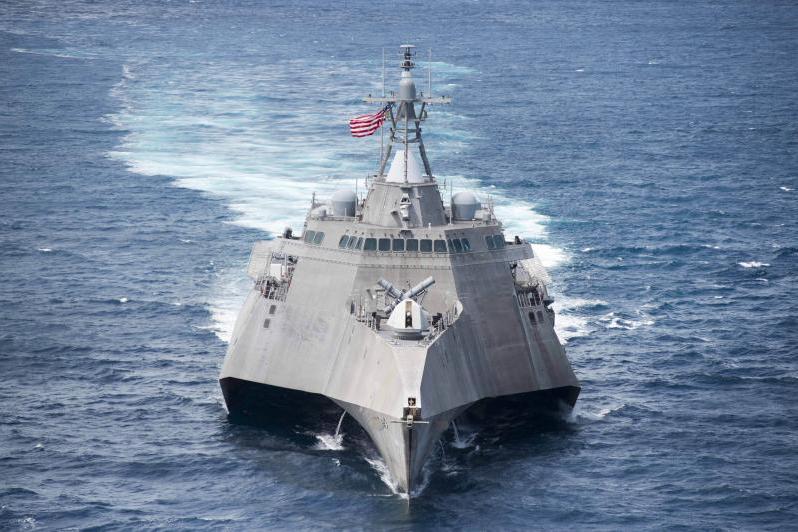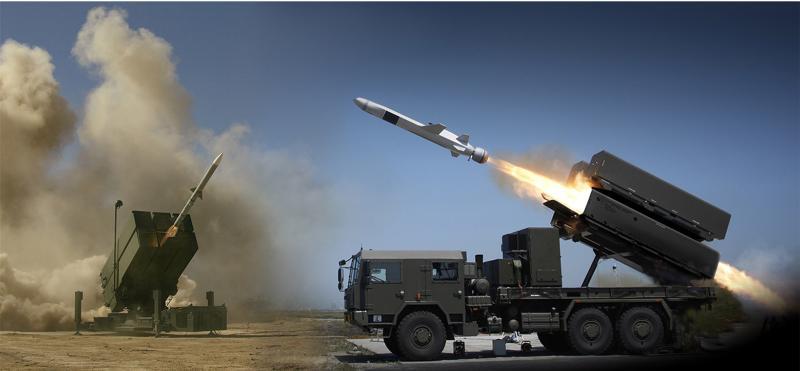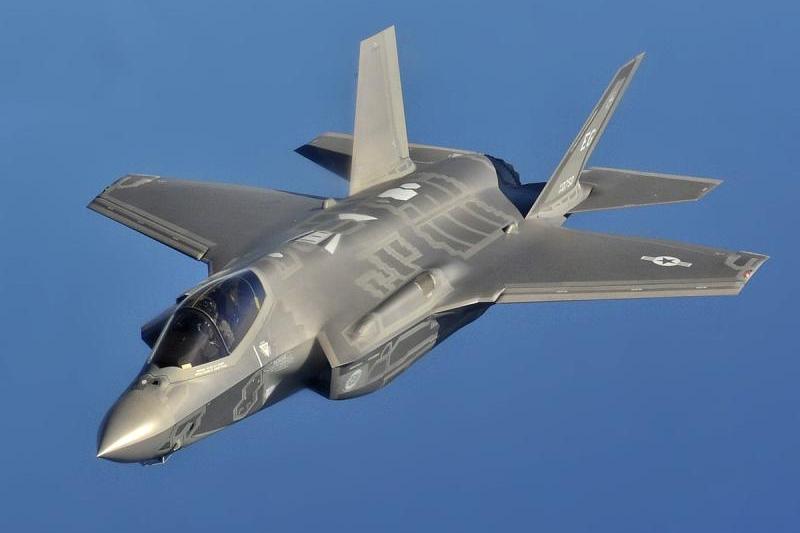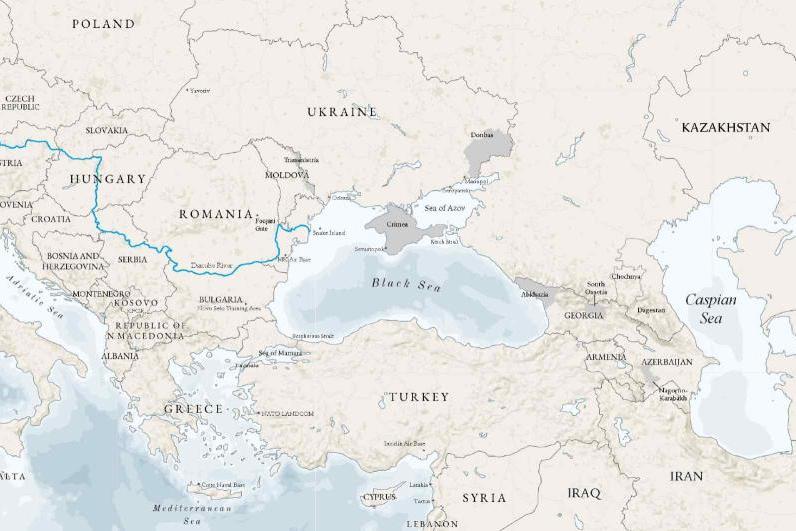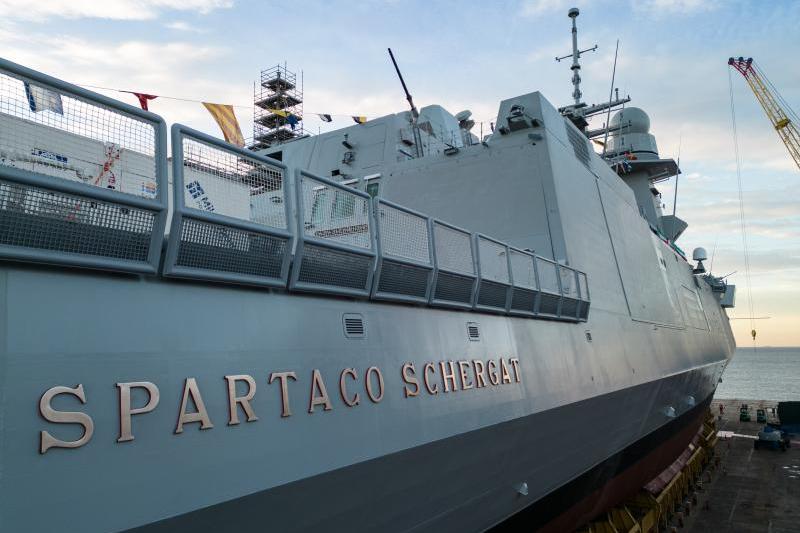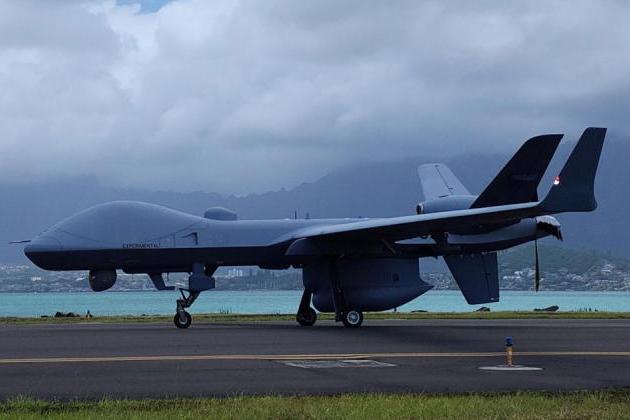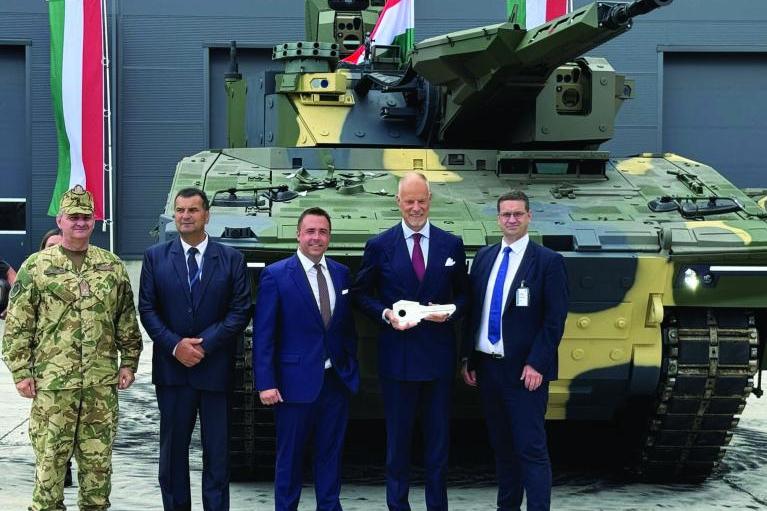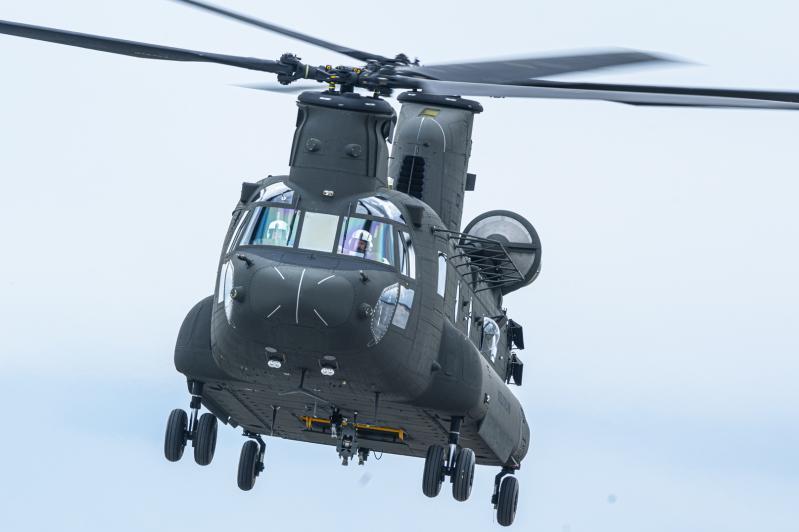Modernization programs to drive global artillery systems market to $16.6 billion by 2033, forecasts GlobalData
As part of the replacement and modernization efforts of legacy artillery systems, countries across the globe have initiated multiple programs for the development and procurement of modern artillery systems with superior targeting capabilities. This will drive worldwide cumulative spending on artillery systems to $153 billion between 2023 and 2033, driving the global market for artillery systems to reach $16.6 billion in 2033, according to GlobalData, a leading data and analytics company.
GlobalData’s latest report, “Global Artillery Systems Market 2023-2033,” reveals that the market for artillery systems will grow at a compound annual growth rate (CAGR) of 4.0% between 2023 and 2033. Conventional wars, like the one between Russia and Ukraine, have witnessed extensive usage of artillery systems, which in turn has led several countries to reassess their capabilities and include modern artillery systems within their inventory.
Vinayak Kamath, Aerospace and Defence Associate Analyst at GlobalData, comments: “The self-propelled artillery segment is expected to witness the largest amount of spending over the forecast period. This is mainly because of their advantages over towed-artillery systems in terms of mobility and survivability enabled by their shoot-and-scoot features. The US is analyzed to emerge as the largest spender in the self-propelled artillery segment, with a cumulative spending of $9.7 billion in procuring systems like the M109A7 Paladin and next-generation Extended Range Cannon Artillery (ERCA) over the next ten years.”
The supply chain disruptions due to the Russia-Ukraine conflict and sanctions on weapon transfers have compelled many countries to develop local manufacturing and maintenance capabilities to reduce their dependence on imports. For instance, India is in the process of inducting indigenously developed Dhanush towed artillery and ATAGS platforms to replace the aging FH77 artillery units in service with the Indian Army since the 1980s.
Kamath adds: “Indian domestic companies are also supplying Pinaka MRLS in large numbers for the Indian Army. Similarly, Turkey has also developed the Yavuz and T-155 FIRTINA self-propelled artillery systems for its armed forces.”
In recent years, there has been a growth in efforts to develop smart munitions worldwide, which will significantly increase the capabilities of conventional artillery systems. When equipped with smart munition, artillery systems can undertake a wide variety of firing missions that wouldn’t have been possible with conventional artillery shells. For instance, US-based SRC Inc. is developing electronic warfare systems that can be delivered via 155mm artillery shells to intercept and jam signals deep inside enemy territory.
Kamath concludes: “Similar development initiatives for other types of smart munitions are currently being undertaken by countries like Germany, the UK, and France. This will lead to increased demand for launcher platforms, including towed artillery, self-propelled artillery, and naval artillery, in the near future.”

